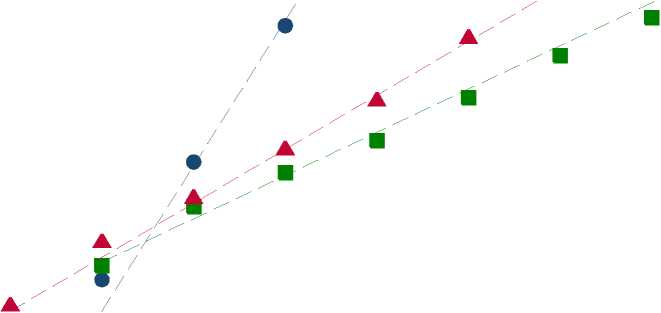Figure A2. Cardinal and Ordinal Measures of Well-Being

3.
• Happiness (World Values Survey).
■ Life Satisfaction (World Values Survey),
ɪ Satisfaction ladder (Gallup World Poll).
2

1

0
-1
-2
-3.
0 1 2 3 4 5 6 7 8 9 10
Ordinal well-being categories
Sources: Gallup World Poll, 2006; World Values Surveys, 1981-2004.
Notes: The horizontal axis shows each ordered well-being category; the vertical axis shows the cardinal value implicitly given to
these values by the ordered probit index, derived from an ordered probit regression on country × wave fixed effects (see figure
A1). Dashed lines show the cardinalization derived by simply treating the ordinal rankings as cardinal, and standardizing by
subtracting the mean and dividing by standard deviation. In the World Values Survey, happiness responses are coded as 1, not at
all happy; 2, not very happy; 2, quite happy; 4, very happy; life satisfaction responses are coded on 1 to 10 scale, with 10
representing most satisfied. In the Gallup World Poll, respondents are shown a picture of a ladder with ten rungs, with the top
rung (most satisfied) coded as 10.
Figures—25
More intriguing information
1. Sex differences in the structure and stability of children’s playground social networks and their overlap with friendship relations2. Education Research Gender, Education and Development - A Partially Annotated and Selective Bibliography
3. The name is absent
4. SOME ISSUES IN LAND TENURE, OWNERSHIP AND CONTROL IN DISPERSED VS. CONCENTRATED AGRICULTURE
5. An Efficient Circulant MIMO Equalizer for CDMA Downlink: Algorithm and VLSI Architecture
6. The name is absent
7. The name is absent
8. The role of statin drugs in combating cardiovascular diseases
9. Revisiting The Bell Curve Debate Regarding the Effects of Cognitive Ability on Wages
10. Wage mobility, Job mobility and Spatial mobility in the Portuguese economy